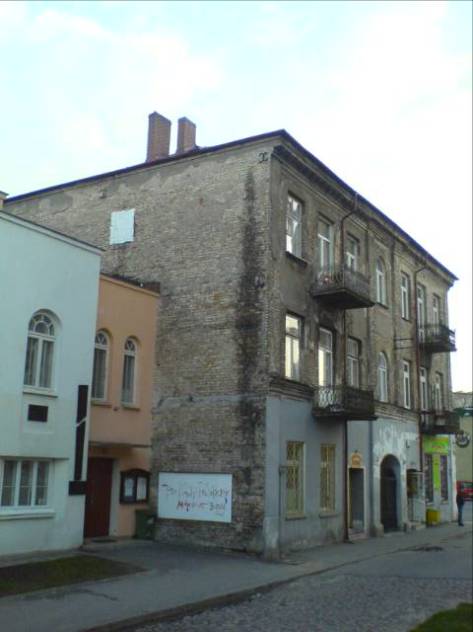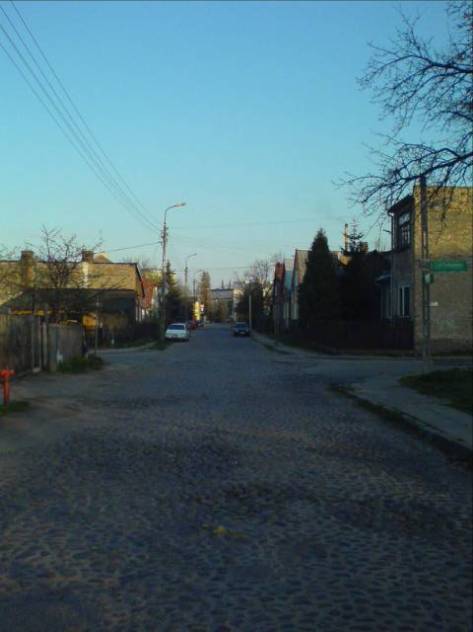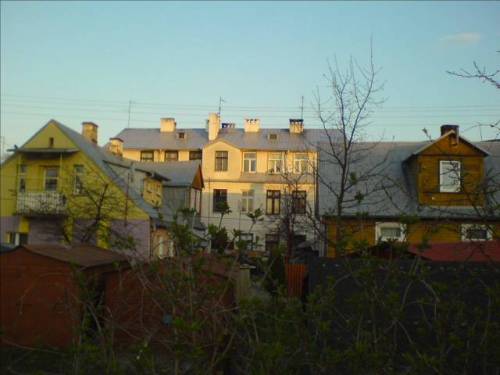I have always been amazed by the contrasts included in beautiful places. How is it possible that place that witnessed most cruel events in the world history may at the same time include so much beauty? I mean contrast between internal appearance of a place and history it contains.
The most beautiful gardens in my native town are on the areas of the former ghetto. Bialystok’s history has not witnessed more cruel period than time of the II World War, when about 50.000 Jews were gatherd in interior part of the town, where German Nazis organizied ghetto. Those beuatiful gardens, wooden small houses, old bulidings, old trees, lush green of the gardens, many colurs of flowers, picturesque paved streets, red brick factories were witnesses of unimaginable cruelties in human kind’s history – murders of hundreds of innocent children, women, men; later on uprising in Bialystok ghetto and deaths of further hundreds of persons.
Now spring has just come nad those places start again to be the most beautiful places in the town. They are still grey, but in a short time they will explode with lush green and many other bright colurs of the Bialystok gardens.
Is it possible to understand such an indifference of nature to human kind suffering?
On the left – part of the synagogue in Warynskiego street, on the right – old building, both from the begining of the XX century, on the area of former ghetto.
Small wooden house in Czysta 5 street, where Samuel Pisar – surviver of Bialystok ghetto, later on adviser of John Fitzgerald Kennedy – lived in inferno of Bialystok ghetto.
Wooden remnant of the ghetto gate between stones in Czysta street.
View of the Czysta street from the place were ghetto gate stood.
Houses in Czysta street, on the left – Czysta 5 – wooden house where Samuel Pisar lived.




